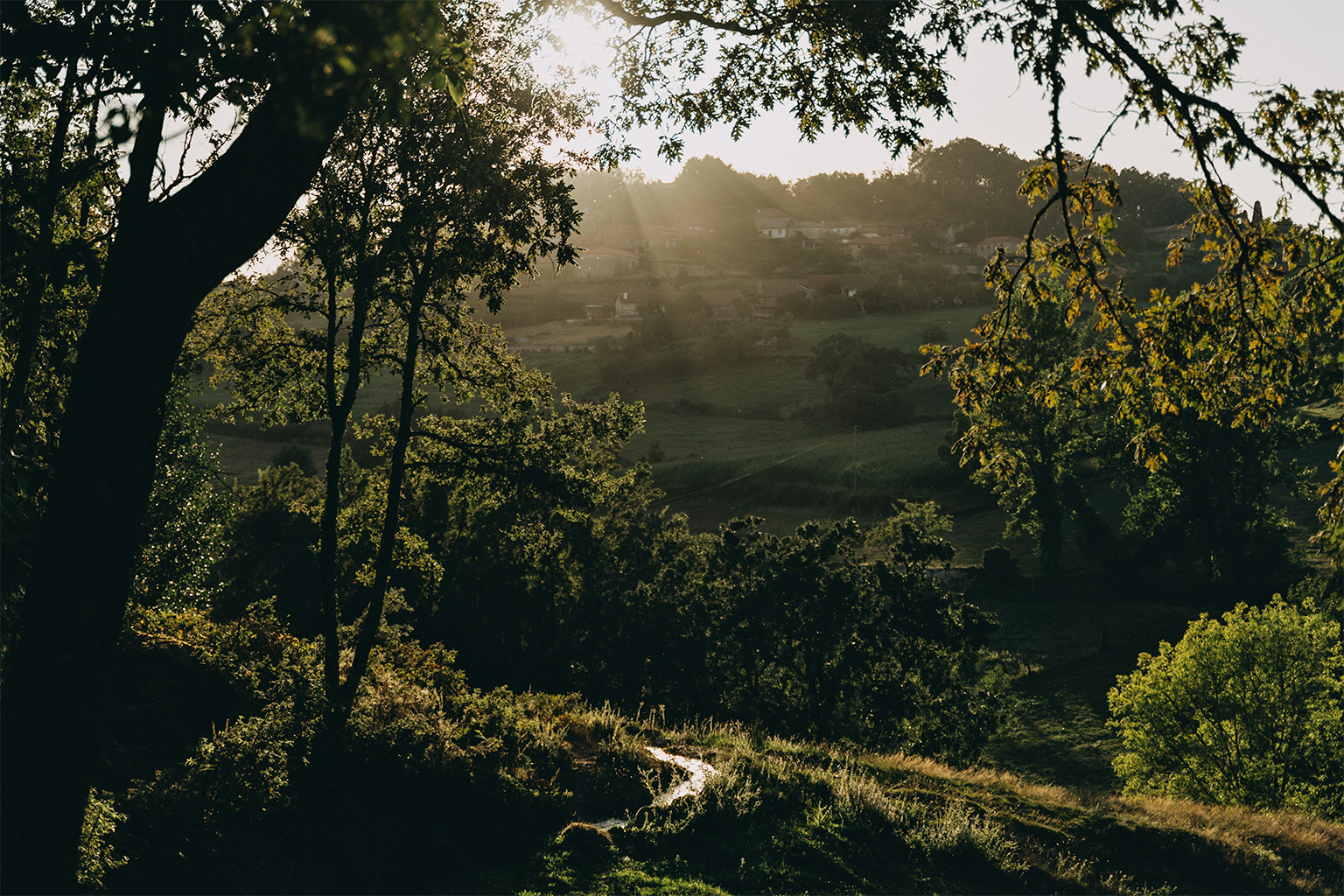MONGABAY (11/12/2023)
In the hills of Barroso high in northeastern Portugal, the water gushes down small channels built many centuries ago, winding through a mosaic of pastures, oak and pine forests, and arable and fallow land.
Sitting on her porch overlooking a carefully kept garden full of flowers and vegetables, Aida Fernandes remembers the day she first started taking part in her village’s community-managed irrigation system. “I was 12 years old. My father got me a small hoe and told me to be careful not to fall into the water. I grew up connected to the land and was told I should take care of it,” says Fernandes, now a 45-year-old farmer.
The ancient water channels, known as levadas, divert the water flow from the mountains to the plains. The collective efforts to maintain the levadas help retain the scant water resources and distribute them throughout the rugged landscape, keeping the slopes green even in the driest months.
But the year Fernandes inherited the age-old tradition and took her share of responsibility for Covas do Barroso’s ancestral water system was also when she first encountered a researcher studying the region’s minerals.
“I was tending my family’s cows and a geologist asked me what I wanted to be when I grew up,” Fernandes recalls. While many of her friends and neighbors migrated to look for opportunities in cities or abroad, she decided to stay. “I chose to give continuity to what I inherited from my ancestors and to stay connected to the land.”
The harmonious interconnection of agriculture, forestry and livestock pastoral production has made Barroso the only region in Portugal — and one of only eight in Europe — to be recognized by the United Nations’ Food and Agriculture Organization (FAO) as a Globally Important Agricultural Heritage System (GIAHS).
“What makes this system so special is people’s strong connection to the land,” says António Machado from ADRAT, the local development association that submitted Barroso’s application for world agricultural heritage. “Everything is done with a lot of care to sustainably manage the pastures, water and landscape,” he says.
But the ancient knowledge and strong ties to the land that smallholder farmers in Covas do Barroso have maintained for so many generations risk being severed. In recent years, geologists have returned to the region for more prospecting. This time, they’ve come with big plans for the small village.
Savannah Resources, a London-based company, wants to build what could become Western Europe’s largest open-pit lithium mine, right here in Covas do Barroso.
The lands of Barroso, a region formed by the municipalities of Boticas and Montalegre, are part of the historic province of Trás-os-Montes, meaning “behind the hills.” This mountainous area is believed to contain some of Europe’s most significant lithium resources, an essential component of the batteries that power electric cars and store renewable energy. As the world seeks alternatives to fossil fuels and its climate change impacts, demand for lithium demand is soaring.
The European Commission estimates 60 times more lithium will be needed by 2050 to reach carbon neutrality. The Commission’s vice-president Maroš Šefčovič, says climate goals can’t be achieved without critical materials like lithium. With the promise of powering Europe’s energy transition, Savannah expects to extract enough lithium to produce about half a million electric car batteries each year.
In May, the company received a green light from Portugal’s environmental agency, the APA, to move forward with plans to dig four mine sites in a concession area of about 593 hectares (1,465 acres), three-quarters of which is community-owned land, according Covas do Barroso’s residents..
The APA says there are measures Savannah will have to comply with, such as limiting the removal of vegetation, not taking water from the closest river and carrying out landscaping once the extraction ends. The company says the mine will follow the “highest standards” to limit its impact, and added that the area permanently impacted by the project will be only a small fraction, 0.5%, of the total agricultural heritage area. Savannah expects to receive its final environmental license next year.
The approval from Portugal’s environmental agency coincided with a European Union’s (EU) proposal for legislation to speed up mining licenses. The recently proposed Critical Raw Materials Act, which will likely enter force in 2024, would see the EU mine at least 10% of the strategic raw materials it uses to secure more of the battery supply chain and reduce the bloc’s dependency on imports, as the EU tries to limit its reliance on powers like China, which controls the supply of critical minerals.
Savannah aims to start production in 2026. But Aida Fernandes and others in her village have vowed to stop it. Citing fears the mine will scar the landscape, contaminate the water, erode the soil, disrupt local livelihoods and deprive them of communal lands, farming communities have strongly opposed the mining plans in Barroso (…)
Photos: Diana Takacsova
